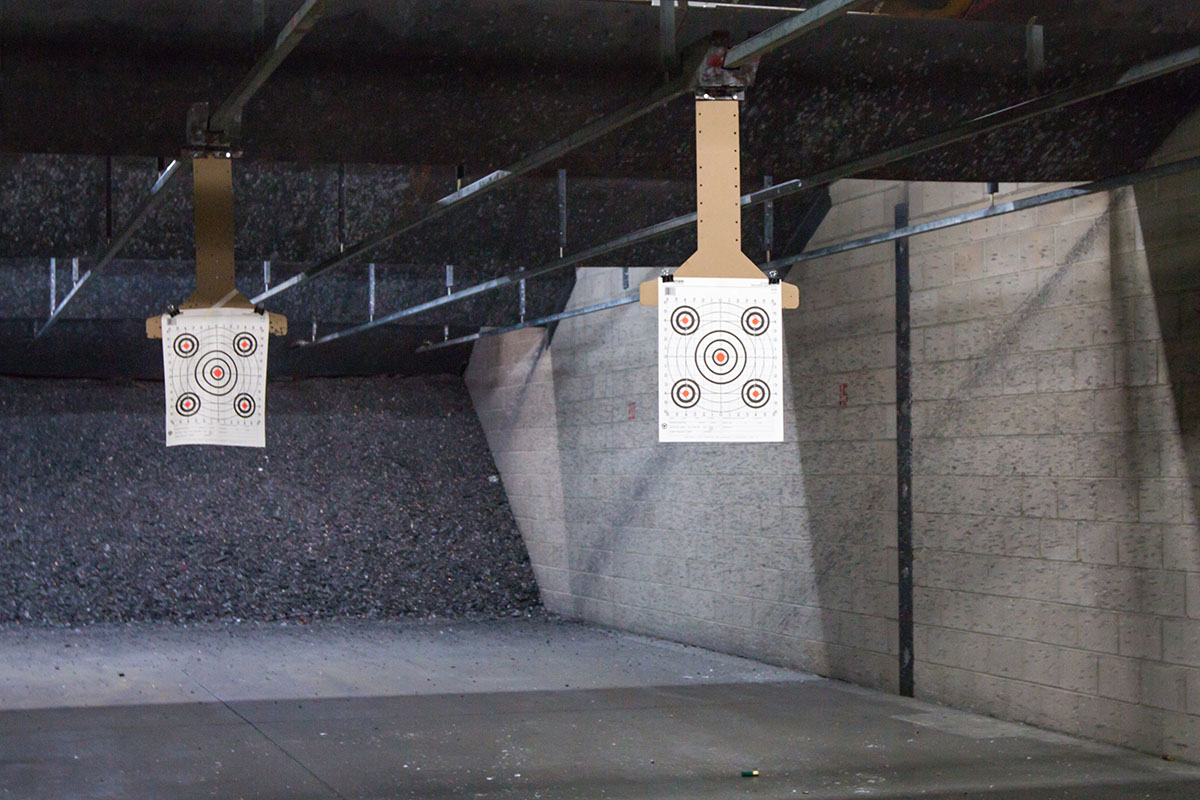REDUCING THE RISK OF INDOOR GUN RANGE LEAD EXPOSURE
Firing ranges can present multiple sources of lead inhalation
The primary sources of lead poisoning from gun ranges include the use of lead bullets and cartridge primers, which are commonly still used in ammunition. Lead fumes and dust are emitted from the exposed base of the unjacketed bullet when the ammunition is fired leading to lead inhalation. The hot flames of burning primer and gunpowder create airborne lead concerns in indoor firing ranges. Downrange, lead is also airborne from the projectiles hitting the backstops, floor, and walls. Lead dust accumulation on surfaces and in the indoor shooting range ventilation system is also a concern for lead inhalation.
Gun range lead exposure can cause serious health effects therefore indoor shooting ranges must comply with OSHA regulations to protect workers and occupants. IEA’s lead hazard consultants provide services specific to the risks and considerations of lead poisoning from indoor shooting ranges. IEA has worked with city and county governments, police departments, federal agencies including the National Guard, Federal Reserve, Police, and indoor ranges.

LEAD EXPOSURE FROM GUN RANGES SERVICES
Proper gun range maintenance that addresses airborne lead exposure
We offer assessment services related to lead exposure from indoor shooting ranges. We address shooting range ventilation systems, airborne lead fumes, and dust accumulation, as well as other sources of lead exposure.
- Assessments to identify potential lead hazards utilizing lead testing and provide reporting that includes observations, laboratory results, and recommendations
- Lead exposure monitoring for applicable range users in accordance with OSHA Standard 29 CFR 1910.1025
- Shooting range ventilation system studies to assess function and airflow in the firing range, gun cleaning areas, and adjacent areas
- Lead fumes awareness and safety training
- Lead program evaluation, development, and implementation to include indoor shooting range operation, procedures, cleaning activities, and safety compliance.
- Lead abatement design and contractor management

